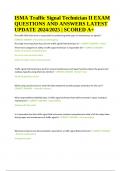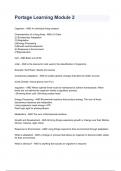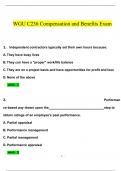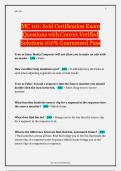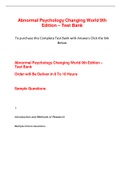Tentamen (uitwerkingen)
Solutions for Thermal Radiation Heat Transfer, 7th Edition Howell (All Chapters included)
- Vak
- Instelling
Complete Solutions Manual for Thermal Radiation Heat Transfer, 7th Edition by John R. Howell, M. Pinar Mengüc, Kyle Daun, Robert Siegel ; ISBN13: 9780367347079. (Full Chapters included Chapter 1 to 19).... 1. Introduction to Radiative Transfer. 2. Radiative Properties at Interfaces. 3. Radiative ...
[Meer zien]






